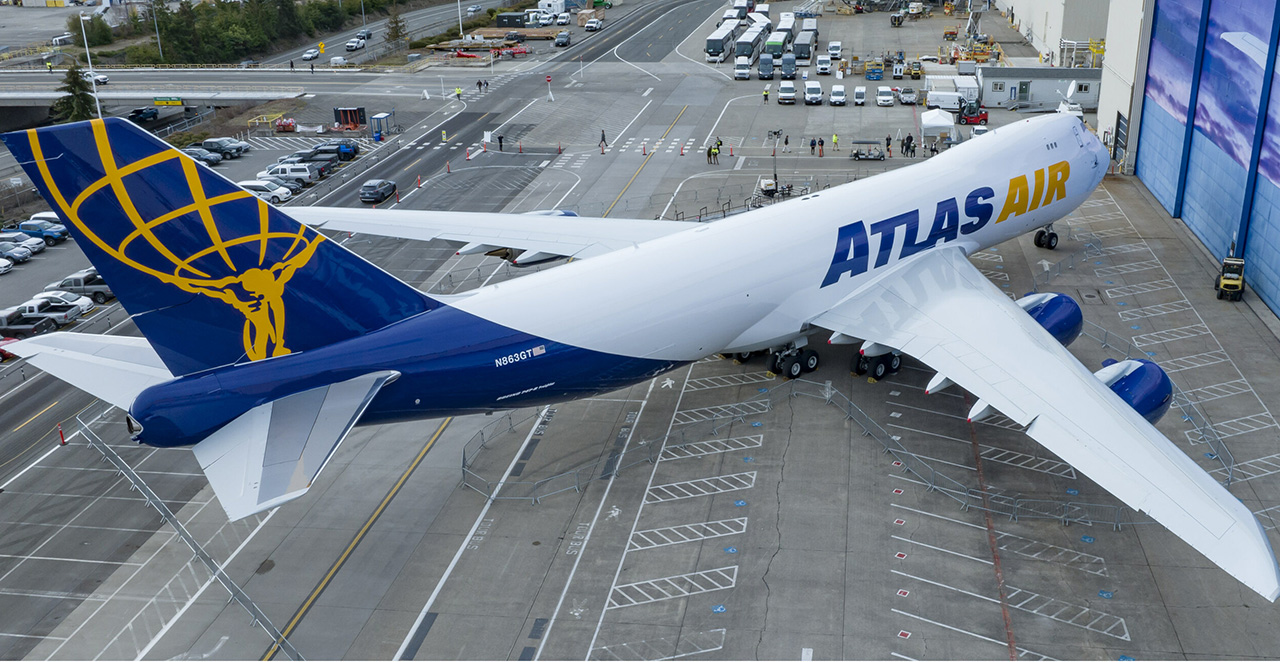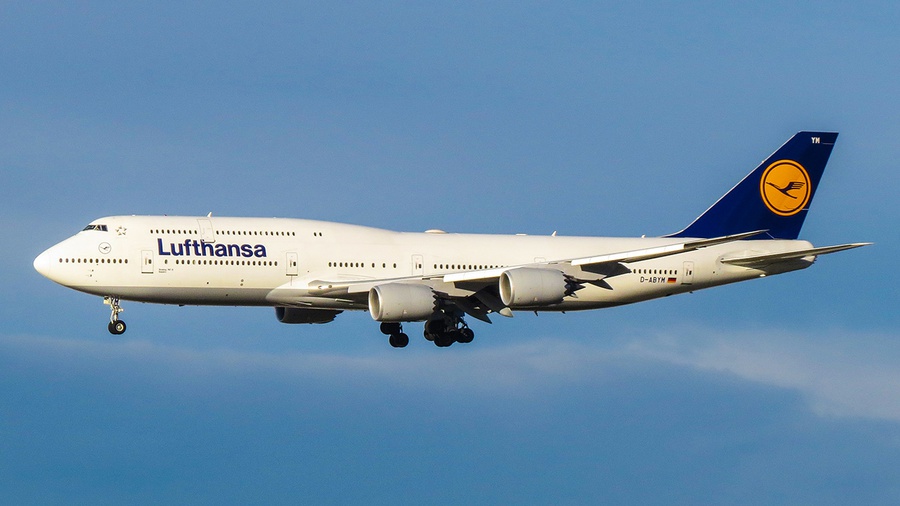Boeing employees who designed and built the first 747, known as the "Incredibles," returned to be honored at the Everett factory where the journey of the 747 began in 1967. The factory produced 1,574 airplanes over the life of the program.
"This monumental day is a testament to the generations of Boeing employees who brought to life the airplane that 'shrank the world,' and revolutionized travel and air cargo as the first widebody," said Stan Deal, president and chief executive officer of Boeing Commercial Airplanes. "It is fitting to deliver this final 747-8 Freighter to the largest operator of the 747, Atlas Air, where the 'Queen' will continue to inspire and empower innovation in air cargo."
The final 747-8 Freighter was delivered to Atlas Air, the largest operator of the 747, who have been flying the iconic aircraft for their customers for over 30 years.
Introducing the last 747!
— The Boeing Company (@Boeing) January 31, 2023
Here is a look at how we put together the final #QueenOfTheSkies. pic.twitter.com/PGTy1tthVV
The 747 was the first twin-aisle airplane and "jumbo jet" that revolutionized travel and air cargo, connecting people across vast distances and providing non-stop trans-oceanic flights. The airplane's distinctive hump and seating in the upper deck has pleased generations of passengers and operators.
Boeing continued to improve the original design with models like the 747-400 in 1988 and the final 747-8 model that was launched in 2005. The B747-8I (or B747-8 Intercontinental), as this last variant of the venerable jumbo jet is called, proved to be a swan song for large four-engined airliners.
Even though the Airbus A380 is currently enjoying a revival, with airlines rushing to bring stored aircraft back to service in response to the post-Covid air traffic recovery, these giants of the skies struggle to compete with the operational flexibility and fuel economies of smaller twin-engined jets.
Source: Boeing


